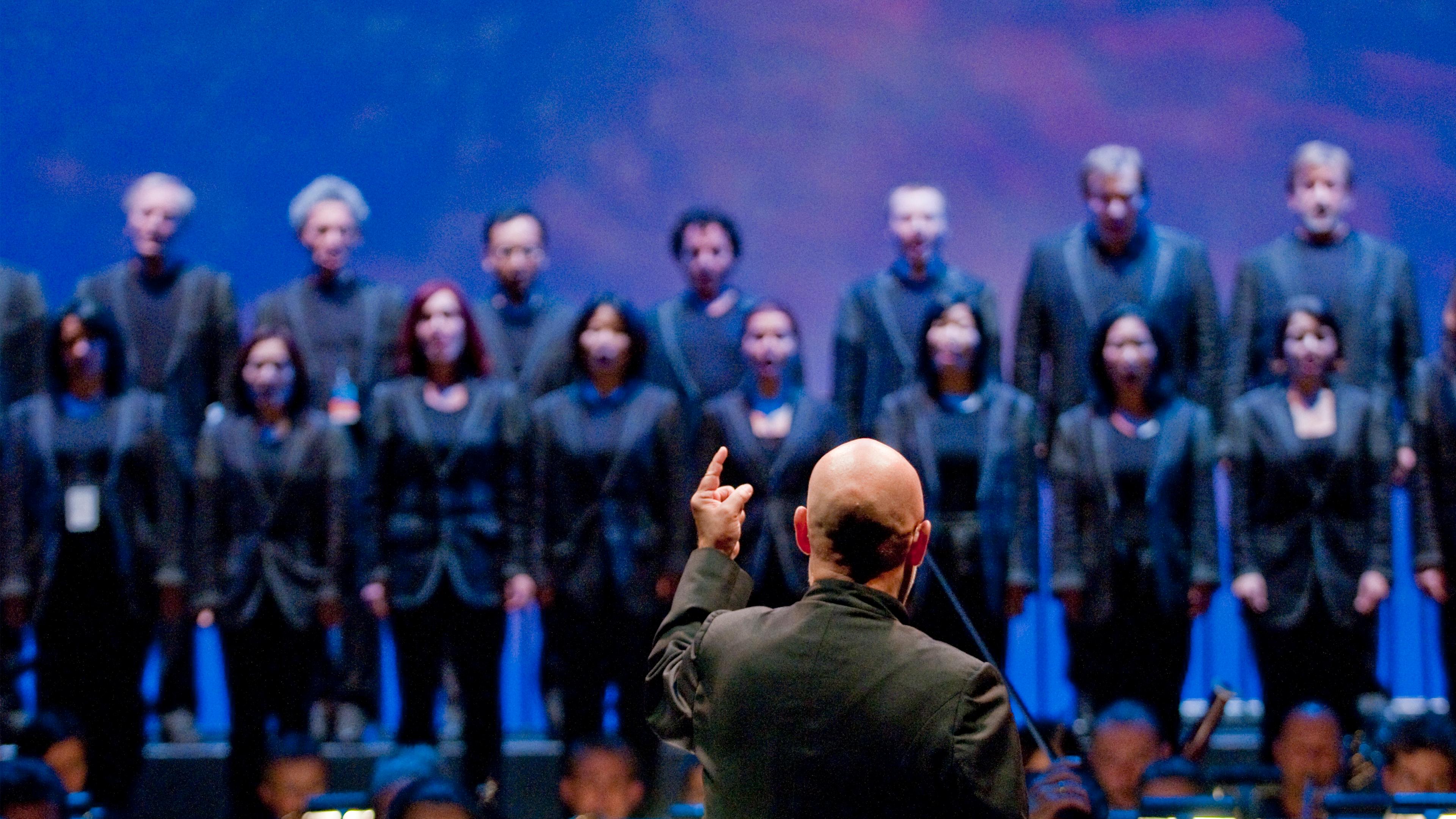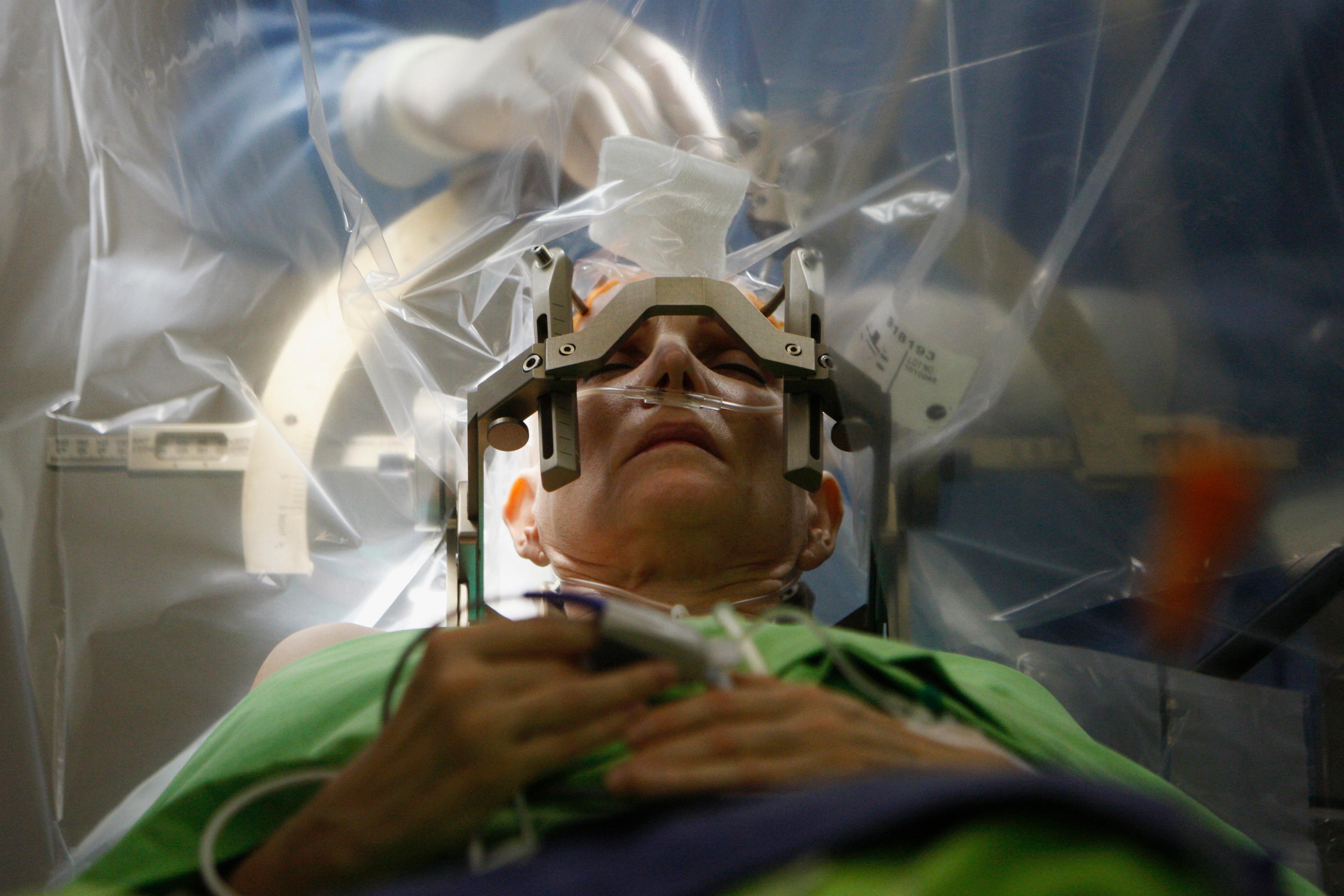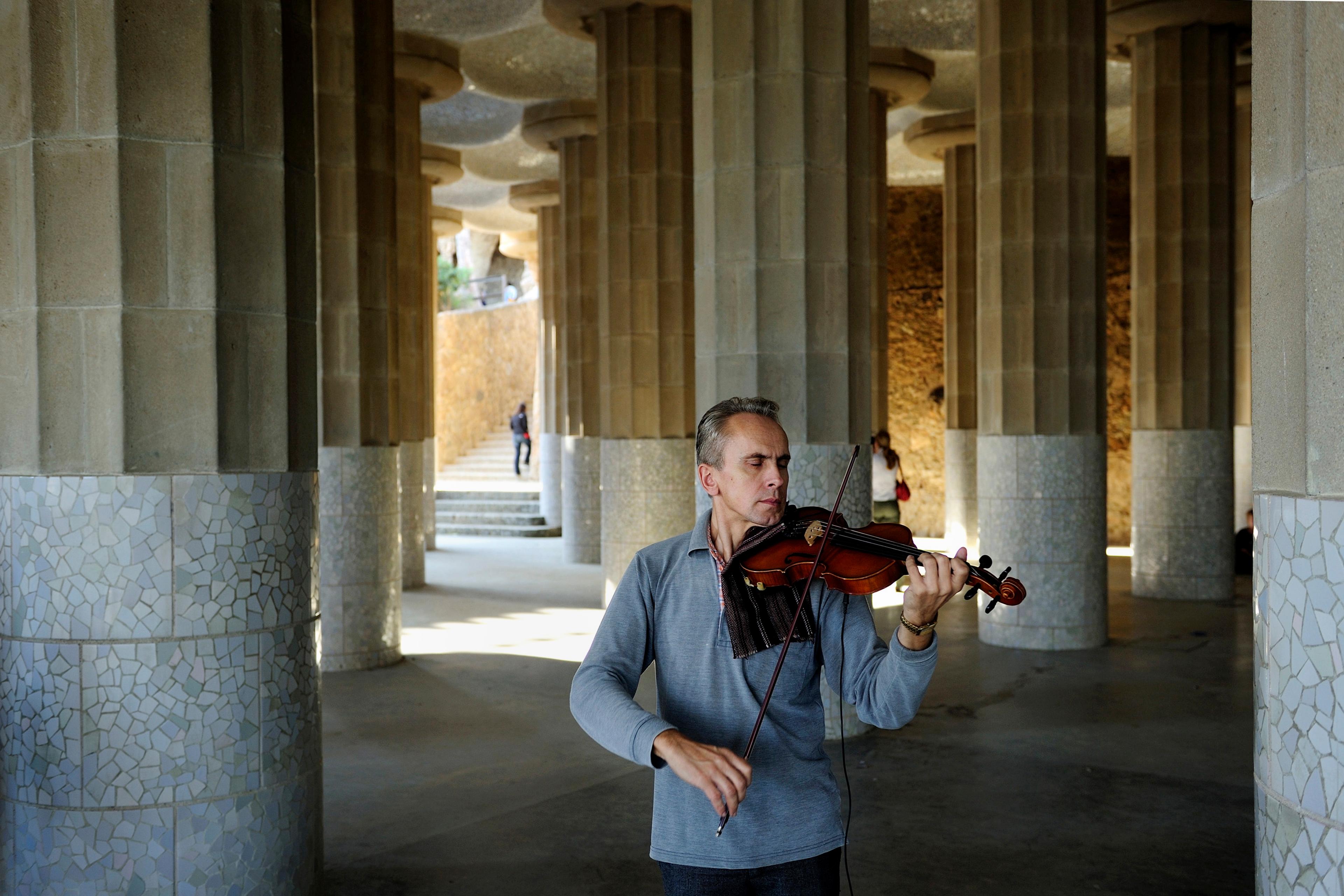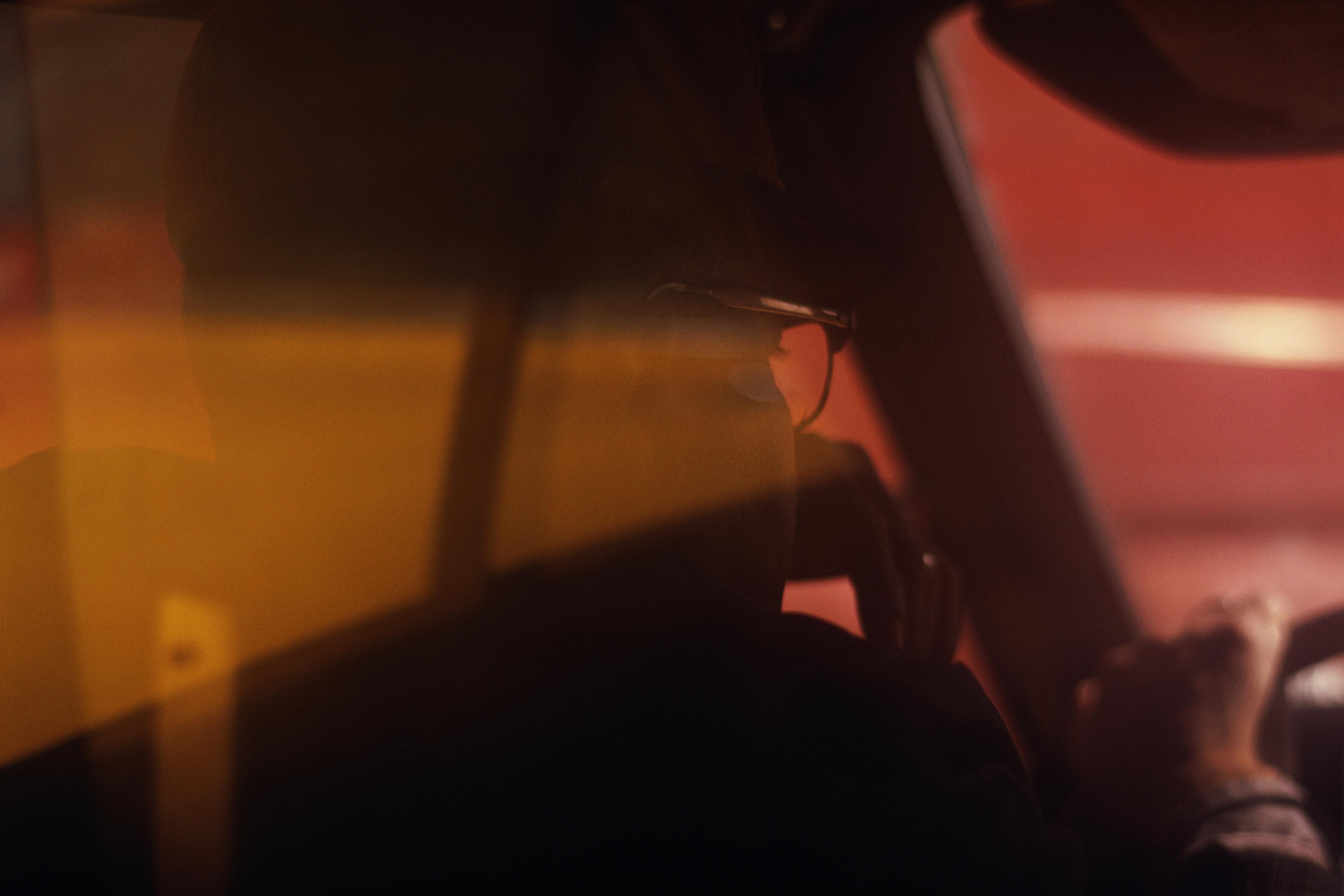The execution of any musical symphony is a difficult task, demanding significant skills from each musician. Perhaps the hardest task lies with the conductor who must orchestrate the musicians so the music comes alive cohesively and speaks to our deepest emotions. The human brain is like an orchestra: different regions perform different types of processing, much like the individual musicians who must read the music, play their instruments, and also listen and adapt to the sounds others make. Yet the conductor’s role is different from anything that occurs in the brain. Without a conductor, the music almost always fails – as the filmmaker Federico Fellini showed in Prova d’orchestra (1978), or Orchestra Rehearsal.
Do such musical metaphors give us any insights into actual brain functioning? Since the beginning of neuroscience as its own discipline in the early 20th century, there have been many theories about how the brain works. One of the most heated discussions was between two Nobel Prize-winners – Santiago Ramón y Cajal and Camillo Golgi – over the role of local versus global coding and processing in the brain. Ramón y Cajal was arguing for a localist perspective where the single neurons carried out most if not all of the coding, while Golgi was in favour of global, distributed processing. Initially, Ramón y Cajal seemed victorious, mostly due to his careful dissection and beautiful drawings of neurons and their synapses. This strongly biased neurophysiology research, leading to remarkable single-neuron recordings, such as those in the Nobel Prize-winning work on the visual system by David Hubel and Torsten Wiesel.
Over the past few decades, human neuroimaging has taken this localist approach to an even higher level with correlations of often indirect measures of brain activity with behaviour, establishing a highly successful and highly cited field. Yet, in contrast to this localist legacy, recent work has started to take inspiration from the dynamical systems described by physics and mathematics, such as the one put forward by the physicist Hermann Haken, and has shown how the meso- and macroscopic distributed activity of these models adds synergistically to the microscopic (localist) activity.
This new framework points to a view of the brain as a fusion of the local and the global, arranged in a hierarchical manner. In this context, some researchers including Marsel Mesulam have suggested that the human brain is in fact hierarchically organised, a view that fits well with our orchestra metaphor. Yet, given the distributed nature of the brain hierarchy, there is unlikely to be just a single ‘conductor’. Instead, in 1988 the psychologist Bernard Baars proposed the concept of a ‘global workspace’, where information is integrated in a small group of brain regions (or ‘conductors’) before being broadcast to the whole brain.
This much-celebrated theory proposed an elegant solution to the problem of how hierarchical organisation allows the brain to orchestrate function and behaviour by organising the flow of information and the underlying computations necessary for survival. As such, this is a theory of consciousness, as pointed out by the neuroscientists Stanislas Dehaene, Michael Kerszberg and Jean-Pierre Changeux, who in 1998 proposed their modification: the global neuronal workspace hypothesis, where associative perceptual, motor, attention, memory and value areas interconnect to form a higher-level unified space in which information is broadly shared and broadcast back to lower-level processors. Colloquially, the brain’s global workspace is thus akin to a small core assembly of people in charge of an organisation: like a group of Herbert von Karajans conducting a musical orchestra.
Yet, until very recently it was not known where and how this orchestration takes place in the human brain. Earlier this year, we published a paper that for the first time revealed the existence of a ‘functional rich club’ of brain regions creating this ‘global workspace’ of conductors. Based on a large dataset of more than 1,000 participants’ brains recorded with functional magnetic resonance imaging (fMRI), our findings shed new light on the nature of consciousness.
From the beginning, we set out to identify the global workspace, but first we needed to find a way of measuring the living human brain’s hierarchy. Intuitively, it’s clear that sensory processing must be at the bottom of the hierarchy since this is the brain’s first point of contact with the environment. As an example, vision depends on the eyes transmitting information to the primary visual cortices at the back of the brain. A large body of research has demonstrated that the visual information reaching the retina in the eye is processed in ever more detail as this information moves up the hierarchy to higher and higher visual regions. The first stage of processing takes place in the primary visual cortex, performing very simple computations, extracting and capturing basic visual features such as the orientation of small segments – this was shown by Hubel and Wiesel’s Nobel Prize-winning research.
This processing becomes ever more complex; higher up in the hierarchy, brain regions integrate all the small segments that make up an object, such as a human face. In his book The Man Who Mistook his Wife for a Hat (1985), Oliver Sacks wrote about what happens if you have a stroke or lesion to this brain area: namely, you’re no longer able to recognise faces.
Higher still in the hierarchical processing of environmental information there’s more integration, fusing different ongoing sensory modalities (such as sight and sound) with previous memories. This processing is further influenced by reward and expectations and by any surprising deviations from previous experiences. In other words, at the highest level of the hierarchy, the ‘global workspace’ must somehow integrate information from perceptual, long-term memory and evaluative and attentional systems to orchestrate goal-directed behaviour.
The information flow within this hierarchy is highly dynamic; not just bottom-up but also top-down. In fact, recurrent interactions shape the functional processing underlying cognition and behaviour. Much of this information flow follows the underlying anatomy in the structural connections between brain regions but, equally, the information flow is largely unconstrained by this anatomical wiring.
Many studies have started to make inroads into determining the hierarchical organisation of the anatomical wiring of the brain in a variety of species. There is a long tradition of tract-tracing and dissection, which has gradually been complemented with information from brain-imaging technologies such as diffusion magnetic resonance imaging. This research has provided important insights into the brain’s anatomical hierarchy. At the same time, each brain region has different and specific local dynamics, which gives rise to the unconstrained nature of functional information flow, which is thus shaped but not fully determined by the underlying anatomy. What ultimately matters for determining the orchestration of brain function is the dynamic changes in functional information flow.
Consequently, we had been looking for ways to harness findings about the brain’s information flow. Yet, given its immense complexity, it was proving challenging to reveal the brain’s functional hierarchical organisation. First, we had to obtain robust whole-brain imaging in a sufficiently large number of people, which would allow us to capture not only the brain’s anatomical connectivity but also its functional activity, both when resting and when active. Over the past few years, the Human Connectome Project has collected exactly such brain-imaging measurements in more than 1,000 healthy participants.
With this data, we were left with the question of how best to determine the hierarchical organisation of functional dynamics in order to capture the brain networks involved in the orchestration of activity, ie the global workspace.
To solve this problem, we turned to the framework of transfer entropy, which is an information-theoretic measure that can capture the causal flow of information, ie how activity in a given region can be shown to causally influence activity in another. Ultimately, the framework was able to provide us with the information flow between all brain regions, which in turn allowed us to study the functional hierarchical organisation and how this relates to anatomy.
We were then able to use this framework not only when the brain is resting but also when performing different cognitive tasks. These were designed to cover a broad range of human cognitive abilities in seven major domains that sample the diversity of neural systems, ie: 1) visual, motion, somatosensory, and motor systems; 2) working memory, decision-making and cognitive control systems; 3) category-specific representations; 4) language processing; 5) relational processing; 6) social cognition; and 7) emotion processing.
We applied the concept of a ‘functional rich club’ (FRIC, a French word for money), a dynamic measure based on bidirectional flow of information not constrained by anatomy and thus changing across different tasks.
To use our earlier metaphor from orchestral music, the leading role of ‘conductor’ is taken up by a group of different musicians serving as ‘hubs’. Some of these musicians will remain conductors, regardless of the kind of concert, just as different sections of a real orchestra retain the first violinist and first cellist. (In reality, the conductor is only rarely selected from the existing musicians within an actual orchestra. However, the brain’s economy is such that it can’t afford to bring in a von Karajan as the overall conductor of everything.)
In a similar manner, FRIC would include both common and task-specific brain regions as a result of the different flow of information for different kinds of tasks. Following Baars’s original ideas, we proposed that the invariant ‘global workspace’ is the intersection of the different sets of task-related FRICs.
Using this method, we discovered that the global workspace consists of a core subset of brain regions, which include the precuneus, the posterior and isthmus cingulate, nucleus accumbens, putamen, hippocampus and amygdala (see figure below). This core functional ‘club’ of integrative brain regions is consistent with the original proposal by Dehaene, Kerszberg and Changeux, which suggests that the global neuronal workspace must integrate past and present through focusing and evaluation.

The orchestration of consciousness. The novel identification of the global workspace results from the intersection of key causal brain regions involved in orchestrating the performance of seven cognitive tasks and resting state. Image courtesy the authors
These brain regions are consistent with the findings in the existing neuroscientific literature. Both the precuneus and the posterior and isthmus cingulate cortices have previously been linked to the integration of the past, present and future by processing and attending to sensory information. Indeed, it’s extremely interesting to note that the activity in the precuneus has also been shown to be compromised in maladaptive conscious states such as coma and vegetative state. The hippocampus brain region has been shown to be involved in many aspects of memory, while previous research has revealed that the evaluation of reward involves the nucleus accumbens, the putamen and the amygdala.
To demonstrate the causal, mechanistic role of this essential set of regions orchestrating brain function, we created a whole-brain model. This model was fitted to the empirical data and was thus able to generate and reproduce the hierarchical nature of the empirical data. The advantage of having such a model is that this can be systematically lesioned and perturbed to study the causal role of the constituent regions.
We demonstrated that lesioning the regions of the global workspace in the whole-brain model significantly impaired the brain’s ability to function. However, we also showed that the brain is like a multiheaded hydra that can still function with one or two heads cut off. This demonstrates the robustness and resilience of the human brain in adversity, and the ways in which the conductors can take on extra responsibilities if needed.
Overall, our findings shed light on a major unsolved problem in neuroscience, namely: how is consciousness orchestrated? Given our discovery that the brain is able to recover somewhat from problems in one or two of its FRIC regions, this might provide new insights into neuropsychiatric disorders that could arise from exactly such problems. In fact, our framework could be used to investigate unbalanced brain states and used to perturb and rebalance the model to identify novel optimal, causal paths to health. On an even deeper level, future work could use our framework to investigate other conscious states such as coma, sleep and anaesthesia. This could provide information on how to, for example, awaken the brain from coma.
Perhaps our discovery of the importance of hierarchy and orchestration of brain function is poetically related to the ancient philosophical concept embraced by Pythagoras and his followers, that of musica universalis, ‘the music of the spheres’. The essence of the theory was to reveal the fundamental organisation of the Universe by establishing a hierarchical ordering from the Earth to the ‘highest skies’. Similar to how this hierarchy inspired the tonal musical intervals in the Pythagorean scale, perhaps our discovery of the brain’s hierarchical ordering could create a similar understanding of the necessary and sufficient organisational elements needed for consciousness.
A direct consequence of our new finding is that it is now clear that the immense chaos arising in complex systems can be carefully orchestrated by a small subset of ‘conductors’, self-organising from the constituent parts. Unlike musical orchestras that are much enhanced by a brilliant von Karajan, the great resilience of the brain’s orchestration is that it relies on the concerted efforts of a small subset of agile and adaptable conductors in its global workspace.








